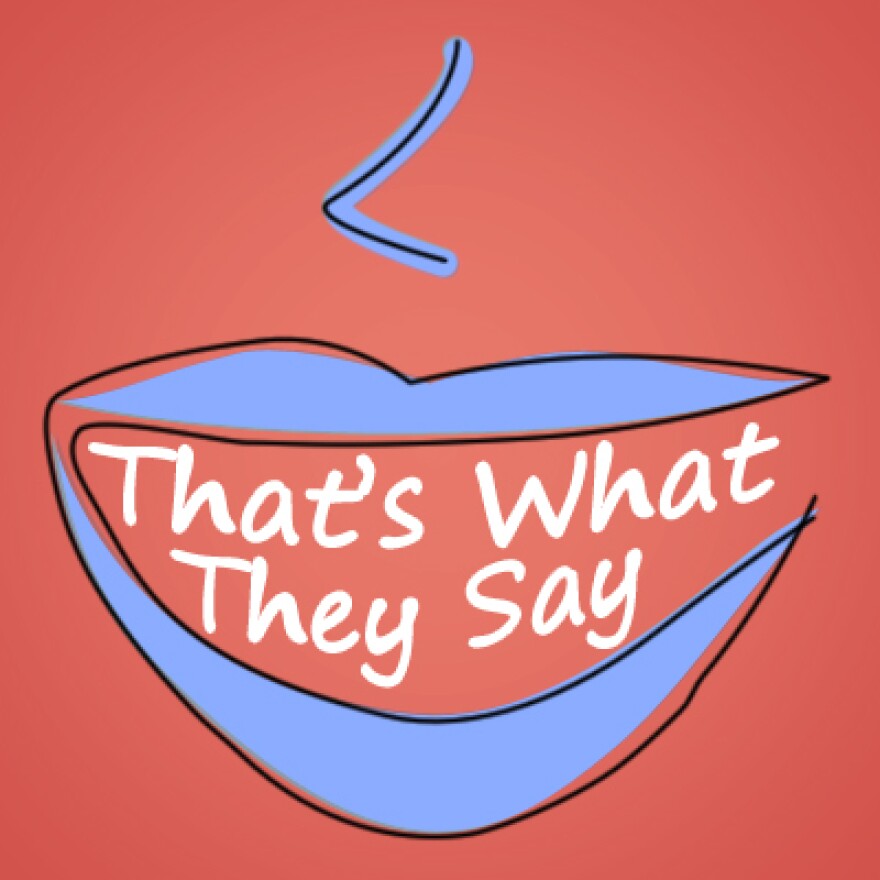It's difficult to escape the lure of the concession stand.
They’re at the movies, beckoning to you with rainbow-colored boxes of candy and buckets of warm, buttery popcorn.
You’ll find them at circuses and fairs, pulling you in with bags of fluffy, pastel-colored cotton candy and crispy funnel cakes, sweet with cinnamon and sugar.
At baseball games, you don’t even have to get out of your seat to get peanuts or a box of Cracker Jack. The concession stand comes to you.

It’s not a question of if you’ll give in, but when.
One of Anne Curzan’s colleagues wondered if concession stands get their name from us “conceding” to our desire to eat snacks.
We love this explanation. Unfortunately, that’s not how it happened.
“Concession” comes into English in the 15th century as the act of surrendering or yielding something that someone else requests
By the 19th century, it becomes the privilege that a government or commercial organization would grant to a company or individual to operate under certain conditions. In North America, it comes to mean leasing out an area to a business so they can operate.
From there, it’s a quick leap to “concession stands”, where just about anything can be deep-fried and served to you on a stick.





